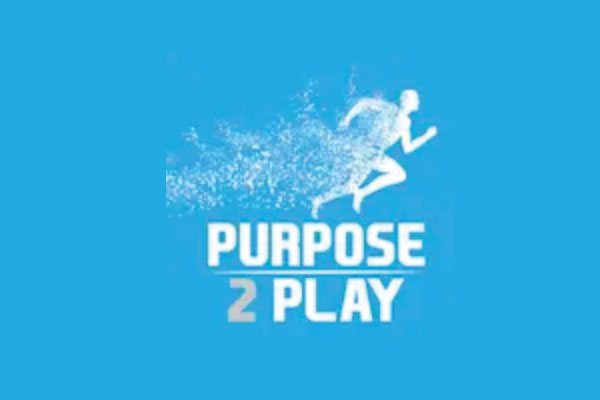Less than a year after walking around in a carbon halo so his broken neck could heal, world-class triathlete Tim Don completed the 2018 Kona IRONMAN World Championship.
That alone is astounding, but when you consider that the 39-year-old Brit who lives in Colorado finished the the 2.4-mile swim, 112-mile bike ride and 26.2-mile run in 8 hours, 45 minutes and 17 seconds, it’s nothing short of jaw-dropping. His performance made him the 53rd person overall to hit the finish line out of more than 2,300 competitors.
Just days before the 2017 Kona IRONMAN World Championship, Don was struck by a truck while logging some final training miles on his bike. The result: A broken C-2 vertebrae.
His options were to either have his spine fused so he could heal in less time, and with less pain or, wear a halo — often called a medieval torture device — for three months, which would make it likely that he could race as an elite athlete again.

COPENHAGEN, DENMARK – AUGUST 19: Tim Don (C) of Britain prepares to start the swim section of KMD Ironman Copenhagen on August 19, 2018 in Copenhagen, Denmark. (Photo by Nigel Roddis/Getty Images for IRONMAN)
Not ready to retire from the sport, the three-time Olympian and four-time World Champion chose the latter. So, doctors arranged the halo around his head and made sure it didn’t budge by placing four screws in his skull. Then, the halo was attached by four bars to a stiff vest that fit around Don’t chest in order to keep his neck and spine immobilized.
After a couple of weeks of excruciating pain, Don was able to gradually fit in some light workouts with his new head gear. Wanting to get ahead of the curve in his recovery, he rode a stationary bike and performed some functional movements in the gym. Still, sleeping while laying down was prohibited by doctors.
“His perspective is not that ‘I’m stuck in this halo,’ his coach said in “The Man With The Halo,” a documentary about Don’s recovery. “It’s that ‘I’m lucky to be alive and I’m gonna use this opportunity to train smarter and harder than I ever have before because not it’s a new challenge,’ and athletes like Tim love challenges.”
Once the halo came off in January, Don got back into training for triathlons and even swam with a snorkel for months because he couldn’t turn his head to breath. But, he decided to make his first race back, not a triathlon, but a marathon. In fact, the Boston Marathon just four months after having the device removed.
“There were definitely times I thought I would never put a number [racing bib] on again, but every week I got more confident that I could do Boston,” Don said in the documentary.
During an Ironman, Don was capable of clocking a speedy 2:45 or 2:50 before his accident, so in running the 26.2 miles solo, without the swim or the bike segments behind him, he was hoping he could run Boston in three hours or less after his accident. His finish: A miraculous 2:49:42
“When I looked up and saw the finish line, there was, I wouldn’t say a tear in my eye, but there was that kind of deep breath of: ‘Bloody hell. I’ve done it, I’m gonna hit my time. Body feels good. This is it. Goodbye, broken neck. Hello, Kona.’
And on Saturday, Kona gave Don the biggest “welcome back, buddy.”
As impressive as Don’s fight back has been, his humility is just as extraordinary.
“There’s no secret formula,” he told Ironman.com. “If this had happened to an age-grouper, they would’ve fought just as hard.”

